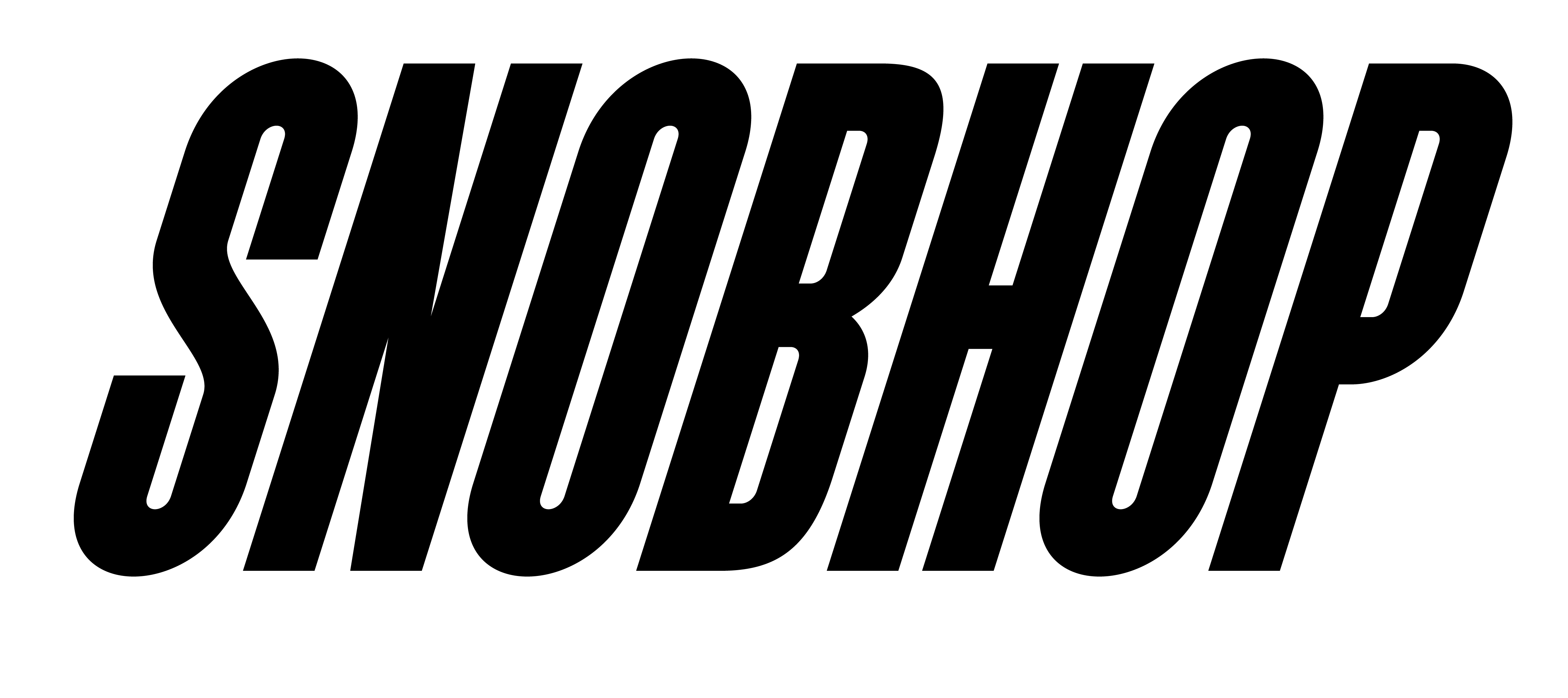Blockchain is another concept that’s become popular as of late, especially because of NFTs. And though the two are closely related to each other (one being a derivative of the other) it can be hard to understand the exact nature of their relationship.
So, let’s break that down.
If you google Blockchain a common definition you’ll run across is it’s an immutable ledger that handles digital transactions across networks of computers.
That’s cool and all… But what the f**k is it? Like in real-life?
Blockchains hold information. What information do they hold? Well, it depends. They can hold medical records, tax info, smart contracts (aka NFTs), royalty info etc.
And though we call it “The blockchain” colloquially, a better phrase would be “A Blockchain” because there are several in existence, and they each were created with different purposes in mind.
This video by Simply Explained does a good job of explaining too, but while you’re here I’ll recap for you:
A blockchain is made of 3 distinct parts
The Block: Stores information/transaction
Hash: Identifies the block, and its contents. Each transaction generates a unique fingerprint
Hash of the previous block: Links a block to another block using the hash (fingerprint)
Source: Simply Explained
Take a look at the pic above. Notice that each “hash” is linked to a previous “hash.”
From there, remember what the hash does. It stores information, right?
So essentially, information was stored in “block,” given a unique fingerprint so that it’s identifiable, and linked to the “block” before it and ahead of it for continuity.
Here’s another high-level example from Investopedia of how blockchains work:
Holy Sh*t, I get It Now! So who made the Blockchain? And Why?
Blockchain technology was created in 1991 by a group of researchers, and its original purpose was to digitally timestamp documents thus making it harder to tamper with them.
The technology became popular in 2008 when a group of researchers who go by the pseudonym Satoshi Nakamoto introduced a new time-stamping method that included proof of work (this is important. Keep this in mind when we get to bitcoin mining)
It’s said that this innovation came about partially because of the market crash of 2007 – the idea being that everything needed to be decentralized, included finance (did someone say, Bitcoin?)
That makes sense, right?
It’s hard to be greedy when there’s an open ledger that everyone can check. That way you can’t have scandals like the Wells Fargo one because every transaction is verifiable by parties who aren’t a part of the transaction.
The most popular use of Blockchain (so far) is Bitcoin
Bitcoin is a cryptocurrency that uses blockchain technology. Coincidentally Bitcoin is also the name of the blockchain that the currency runs on. Make sense?
Imagine if Apple had a coin named Apple-coin. Apple would be the blockchain, and Google-coin would be the currency. In this case, Bitcoin is the name of the blockchain and also the name of the currency.
The same goes with Ethereum, and plenty of other currencies you see floating around. Most of them have their own blockchain and the tokens i.e. coins are oftentimes named after their blockchain.
Keep in mind that you can create your tokens on someone else’s blockchain though. So don’t think you need your own blockchain if you want your own token. We’ll discuss that on another day though.
How does this relate to NFTs?
Great question.
Remember… Blockchains store information. Information like PROOF OF OWNERSHIP.
NFTs are a specific type of token that live on a blockchain. If you create a non-fungible token on the Ethereum blockchain, written somewhere in the token’s code is a record of the transaction, who the transaction was between, and because it lives on the blockchain everyone can see who owns it!
Source: Foundation
Take a look at this NFT auction above from Sarah Richardson (and check out some of her art too!) Notice that to the right you can see the bid amount. Click on the names and you’ll also see their digital wallet address, and the transaction date, and any other art they own because it’s all on the blockchain (which reads like a ledger!)
And that’s really it in a nutshell guys. The power of blockchain is making all of this information readily available.
Subscribe n all that sh*t. Peace.




 Source: Investopedia
Source: Investopedia





